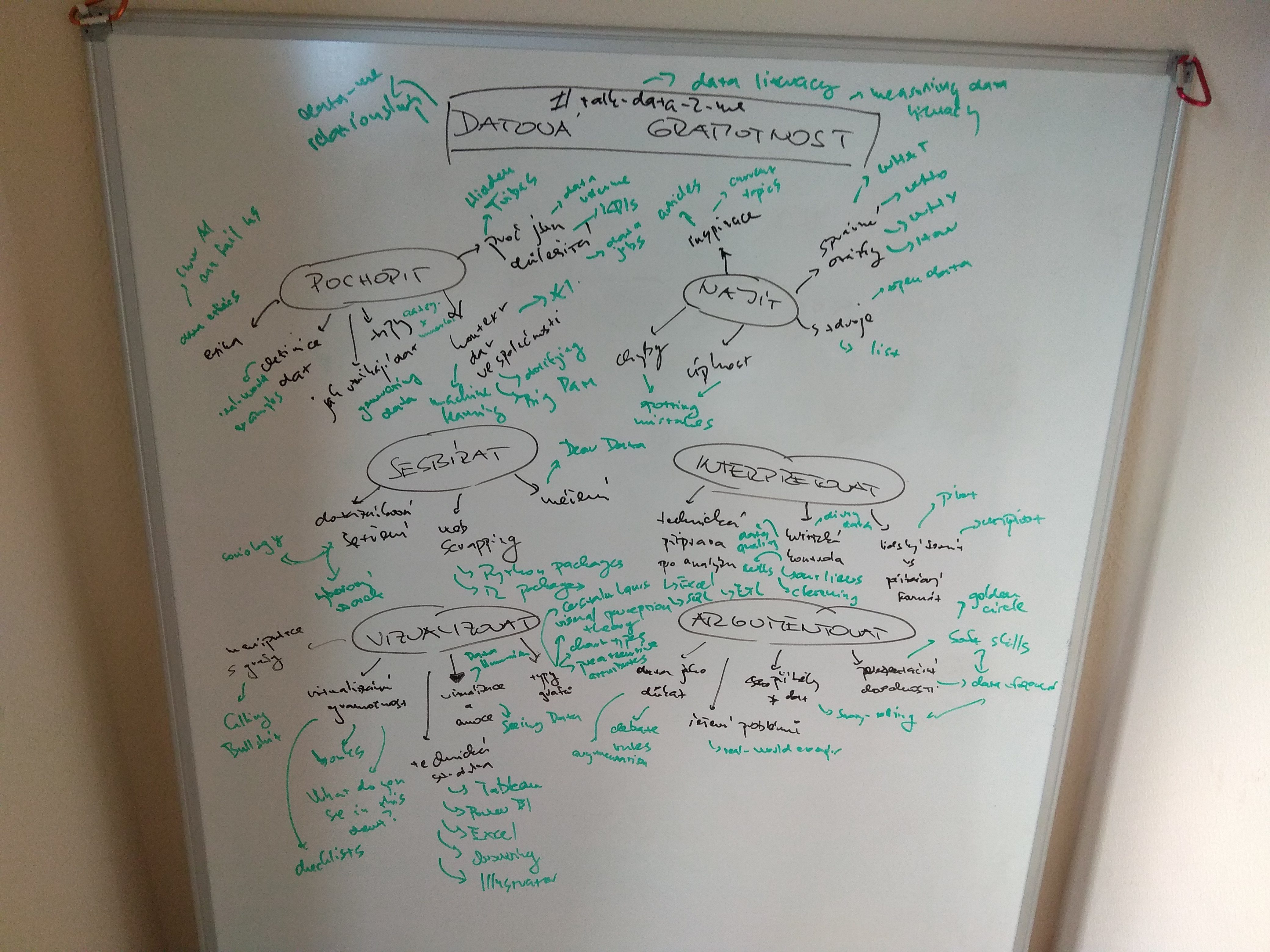
- Based on Deahl (MIT)
The definitions:
- Understanding Data: Data literacy requires an understanding of what data is, what types of data exist, and how data is generated. A data literate individual must also have knowledge of the role and impact of data in society across different contexts and the ethical implications of using data.
- Finding Data: Data literacy requires the skills necessary to ask questions that can be researched using data, find relevant data sources, compare and evaluate sources, and check for bias and inaccuracy.
- Collecting Data: Data literacy encompasses the ability to collect both qualitative and quantitative data, including methods such as conducting interviews, creating surveys, making observations, and taking measurements.
- Interpreting Data: Data literacy requires the ability to prepare data for analysis, critically analyze data in a range of formats, and develop inferences.
- Visualising Data: Data literacy includes the ability to communicate data using a range of visual representation methods such as tables, graphs, and maps.
- Supporting Arguments Using Data: Data literacy includes the ability to use data as evidence to support arguments and tell stories, taking into consideration the larger cultural, social, and political implications of data-derived insights. Ultimately, data literate individuals should be able to use data to solve problems and communicate their solutions.